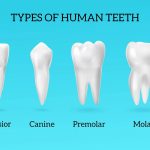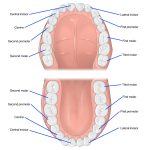Effective Ways to Treat White Spots on Your Child’s Teeth: Tips from Dental Experts
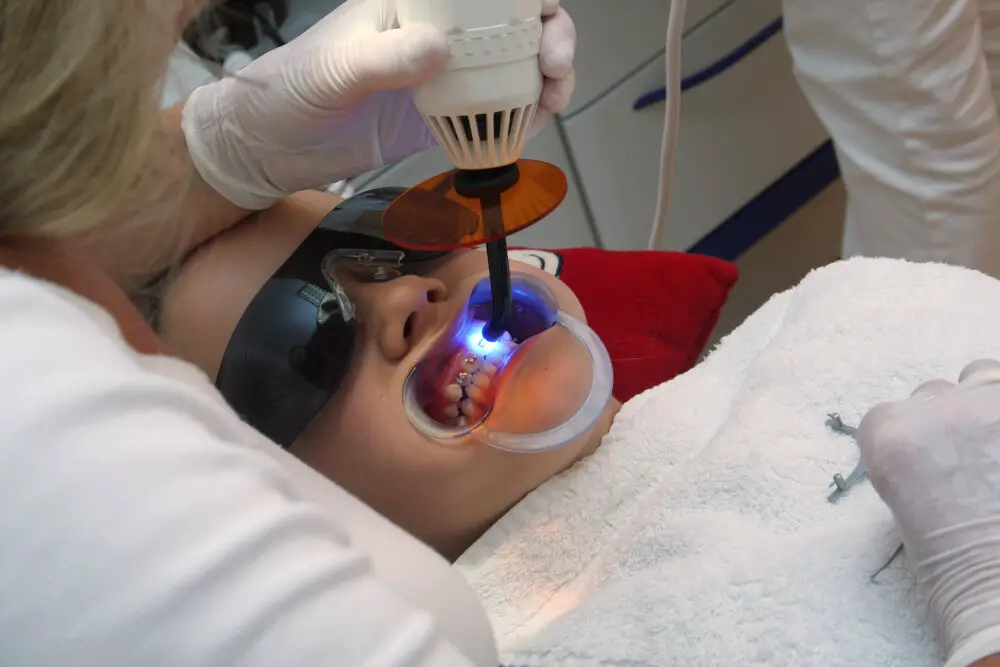
As parents, we always want the best for our children, especially when it comes to their health. However, despite our best efforts, sometimes our little ones may develop dental issues that require urgent attention. One such problem is the appearance of white spots on their teeth, which can be an indication of tooth decay or enamel hypoplasia. If left untreated, these spots can eventually lead to cavities, tooth sensitivity, and other oral health problems. But don’t worry, dental experts have plenty of effective ways to treat white spots on your child’s teeth, and we’ve compiled some of their top tips to help you out. The causes of white spots on teeth can vary, but common culprits include poor oral hygiene, excessive fluoride intake, and certain medical conditions. Fortunately, dental professionals have several treatment options available to address these spots and restore your child’s smile to its former glory. From remineralization treatments to dental veneers, there are both non-invasive and more invasive procedures that can help remove white spots and prevent further damage to your child’s teeth. In the following paragraphs, we’ll dive into some of the most effective ways to treat white spots on your child’s teeth, so you can make an informed decision about which approach is best for your little one.
White spots on teeth are a common dental issue that affects both children and adults. These spots are typically the result of demineralization, which occurs when the enamel on the teeth loses minerals like calcium and phosphate. This can happen for a variety of reasons, including poor oral hygiene, consuming too many sugary or acidic foods and drinks, and certain medical conditions. White spots on teeth can be unsightly, and they may also indicate a higher risk of tooth decay. Fortunately, there are several effective treatments available to help reduce the appearance of these spots and protect the teeth from further damage. By following the advice of dental experts, parents can help their children maintain healthy, beautiful smiles for years to come.
White spots on teeth can be caused by a variety of factors. One of the most common causes is excessive fluoride intake during childhood, which can lead to fluorosis. This occurs when too much fluoride disrupts the enamel formation of the teeth, resulting in white, chalky spots. Poor dental hygiene can also contribute to the development of white spots, as bacteria can accumulate and erode the enamel. Other factors include a high sugar diet, certain medications, and genetics. It is important to identify the underlying cause of white spots in order to effectively treat them and prevent further damage to the teeth.
It is crucial to treat white spots on your child’s teeth as soon as possible to prevent further damage to their dental health. These white spots are often an early sign of tooth decay, which can lead to cavities and even tooth loss if left untreated. Moreover, these spots can also affect your child’s confidence and self-esteem, especially as they grow older and become more conscious of their appearance. By seeking treatment from dental experts, you can help your child maintain optimal dental health and improve their overall well-being. With effective treatment options available, there is no reason to delay seeking dental care for your child’s white spots.
Prevention

Prevention is key when it comes to maintaining healthy teeth and preventing the appearance of white spots. Dental experts suggest that parents should teach their children to practice good oral hygiene habits early on. This includes brushing teeth twice a day with fluoride toothpaste, flossing daily, and using mouthwash. Parents should also ensure that their children eat a healthy and balanced diet that is low in sugar and acidic foods. Additionally, it’s essential to schedule regular dental check-ups to identify any potential dental issues early on. By following these preventive measures, parents can help their children maintain healthy teeth and prevent white spots from forming. Another effective way to prevent white spots is to limit the consumption of sugary and acidic foods and drinks. The bacteria in the mouth feed on sugar, which produces acid that can erode the enamel and cause white spots. Parents should encourage their children to drink water instead of sugary drinks and limit their consumption of candy, cookies, and other sugary snacks. Additionally, parents should encourage their children to use a straw when drinking acidic beverages like fruit juice and soda to minimize contact with teeth. Finally, parents should also consider using dental sealants to protect their children’s teeth from decay. Dental sealants are a thin coating applied to the molars, which provides an extra layer of protection against decay and white spots. By following these preventive measures, parents can help their children maintain healthy teeth and prevent white spots from forming.
Proper oral hygiene routine is essential to maintain healthy teeth and gums. It includes brushing teeth twice a day with fluoride toothpaste, flossing daily, and using mouthwash to kill bacteria that cause bad breath. Brushing should be done for at least two minutes and focused on all surfaces of the teeth, including the back molars and tongue. Flossing is important to remove food particles and plaque from between teeth and under the gum line, where toothbrush bristles cannot reach. Mouthwash helps to freshen breath and kill bacteria that cause cavities and gum disease. It is important to visit the dentist regularly for professional cleanings and check-ups to ensure proper oral hygiene and detect any issues early on. By following a proper oral hygiene routine, parents can help prevent white spots on their child’s teeth and promote overall dental health.
According to dental experts, dietary changes can be an effective way to reduce acid intake and prevent the formation of white spots on your child’s teeth. Consuming acidic foods and drinks can erode the tooth enamel, leading to the appearance of white spots. Therefore, it is recommended to limit the intake of citrus fruits, carbonated drinks, and sugary snacks. Instead, encourage your child to eat foods that are rich in calcium and phosphorus, such as dairy products, leafy greens, and lean proteins. Additionally, drinking plenty of water and chewing sugar-free gum can help neutralize the acids in the mouth and promote saliva production, which helps to remineralize the teeth and prevent white spots.
Fluoride treatments are an effective way to treat white spots on your child’s teeth. Fluoride helps to remineralize the enamel, which can help to reduce the appearance of white spots. It works by strengthening the teeth and making them more resistant to decay. Fluoride treatments can be done at the dentist’s office or at home using a fluoride gel or rinse. In-office treatments typically involve a higher concentration of fluoride and are applied directly to the teeth. At-home treatments are generally less concentrated and are used on a regular basis to help prevent the formation of new white spots. It is important to talk to your dentist about the best fluoride treatment options for your child’s individual needs.
Professional Treatments
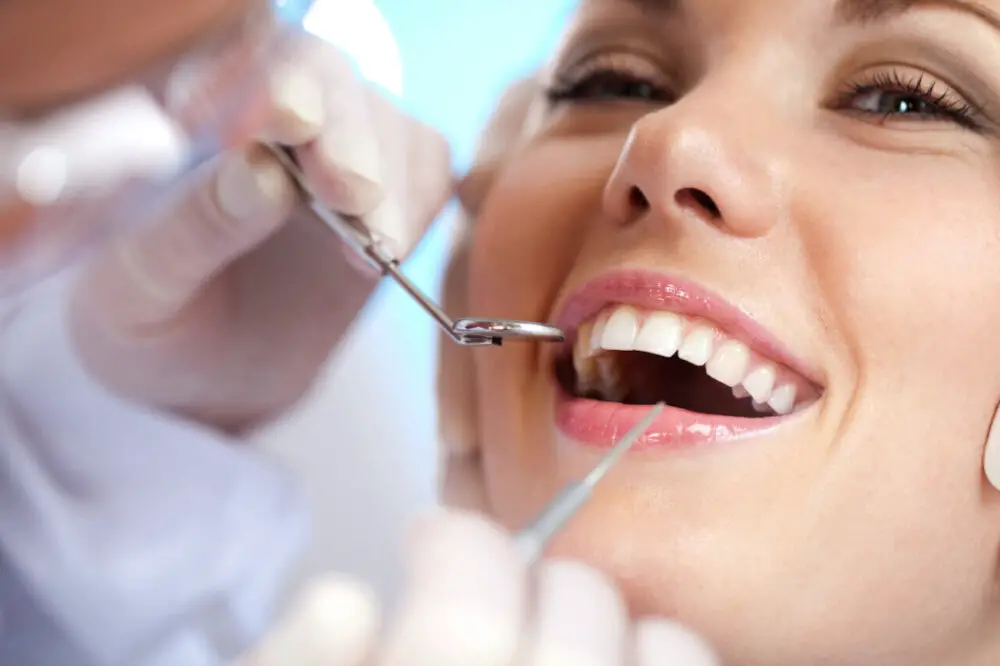
Professional treatments are often the most effective way to treat white spots on your child’s teeth. These treatments are typically performed by a dental professional and can range from simple procedures to more complex treatments. Some common professional treatments include microabrasion, resin infiltration, and dental bonding. Microabrasion involves removing a small amount of the tooth’s surface to remove the white spots, while resin infiltration involves filling the white spots with a tooth-colored resin. Dental bonding is a more complex treatment that involves applying a tooth-colored resin to the teeth to cover up the white spots. One of the benefits of professional treatments is that they are often more effective than at-home remedies. Dental professionals have access to advanced tools and techniques that can effectively treat white spots on your child’s teeth. Additionally, professional treatments are typically more long-lasting than at-home remedies, which may only provide temporary relief. However, it’s important to note that professional treatments can be more expensive than at-home remedies, so you’ll want to weigh the costs and benefits before deciding on a treatment option. Overall, professional treatments are a great option for parents who want to ensure their child’s teeth are healthy and free of white spots.
Microabrasion is a minimally invasive dental procedure that can be used to treat white spots on a child’s teeth. During the procedure, a small amount of enamel is removed from the surface of the tooth using an abrasive substance and a fine dental drill. This helps to remove the white spots and improve the overall appearance of the tooth. Microabrasion is a quick and painless procedure that can be completed in just one visit to the dentist. However, it is important to note that not all white spots can be treated with microabrasion, and it may not be suitable for all patients. Your dental expert can help determine if microabrasion is the right treatment option for your child’s white spots.
Teeth whitening is a popular cosmetic dentistry procedure that can help to remove stains and discoloration from teeth. There are several different methods of teeth whitening, including in-office treatments, at-home treatments, and over-the-counter products. In-office treatments are usually the most effective, as they use stronger concentrations of whitening agents and are supervised by a dental professional. At-home treatments can also be effective, but it is important to follow the instructions carefully and avoid overuse, which can lead to tooth sensitivity and damage. Over-the-counter products, such as whitening toothpaste and strips, can be convenient and affordable, but may not be as effective as professional treatments. It is important to consult with a dental professional before starting any teeth whitening treatment, especially for children.
Dental bonding is a cosmetic dental procedure that involves the application of a tooth-colored resin material to the surface of a tooth. It is commonly used to improve the appearance of teeth that are chipped, discolored, or have gaps between them. The process involves roughening the tooth surface and applying a bonding agent, followed by the resin material. The resin is then shaped and polished to match the surrounding teeth. Dental bonding is a relatively quick and painless procedure that can be completed in a single visit. It is an effective way to treat white spots on your child’s teeth because it can be used to cover up the spots and create a more even and natural-looking smile. However, it is important to note that dental bonding is not a permanent solution and may need to be replaced over time.
Natural Remedies

Natural remedies have gained popularity in recent years as a way to treat a variety of health issues, including white spots on teeth. These remedies often use ingredients found in nature and can be an effective and affordable alternative to traditional treatments. One natural remedy for white spots on teeth is oil pulling. This involves swishing coconut oil or another type of oil in the mouth for several minutes each day. The oil works to remove toxins and bacteria from the mouth, which can help to reduce the appearance of white spots. Another natural remedy is baking soda. This can be mixed with water to form a paste that is then applied to the teeth. Baking soda helps to remove surface stains from the teeth and can also help to remineralize them. While natural remedies can be effective, it is important to note that they should not replace traditional dental treatments. If your child has white spots on their teeth, it is important to consult a dental expert to determine the underlying cause and the best course of treatment. In some cases, white spots may be a sign of a more serious dental issue, such as enamel hypoplasia or fluorosis. However, for mild cases of white spots, natural remedies can be a safe and effective way to improve the appearance of your child’s teeth.
Oil pulling is a traditional Ayurvedic practice that involves swishing oil around the mouth for 15-20 minutes and then spitting it out. It is believed to promote oral health by removing toxins, reducing plaque and bacteria, and improving gum health. The most commonly used oils for oil pulling are coconut oil, sesame oil, and sunflower oil. While there is limited scientific evidence to support the effectiveness of oil pulling, some studies have shown that it can help reduce oral bacteria and improve oral hygiene. However, it is important to note that oil pulling should not be used as a replacement for regular brushing and flossing, and it is recommended to consult with a dental professional before trying this practice.
Coconut oil is a natural remedy that has been shown to be effective in treating white spots on children’s teeth. It contains lauric acid, which has antibacterial properties that can help fight against the bacteria that cause tooth decay. Additionally, coconut oil is rich in vitamins and minerals that can help strengthen tooth enamel, reducing the risk of further damage. To use coconut oil as a treatment for white spots, simply swish a tablespoon of oil around in your child’s mouth for 10-15 minutes each day. Alternatively, you can mix coconut oil with baking soda to create a paste that can be applied directly to the affected areas. Not only is coconut oil a safe and effective treatment for white spots on teeth, but it also has numerous other health benefits, making it a great addition to your child’s oral hygiene routine.
Baking soda is a versatile household item that can also be used to treat white spots on your child’s teeth. It is a mild abrasive that can gently remove surface stains and plaque buildup. Baking soda also has antibacterial properties that can help prevent the growth of harmful bacteria in the mouth. To use baking soda for this purpose, mix a small amount of it with water to create a paste, then apply it to your child’s teeth with a soft-bristled toothbrush. Be sure to rinse thoroughly with water afterward. However, it’s important to note that baking soda should not be used as a substitute for regular brushing and flossing, and it should not be used excessively as it can damage tooth enamel.
When to See a Dentist
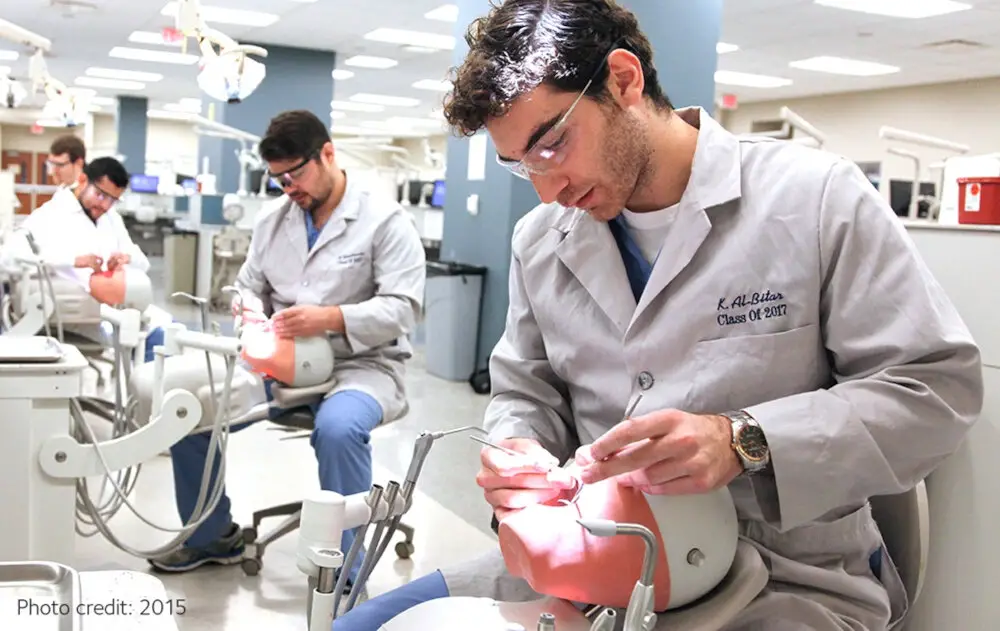
When it comes to a child’s dental health, seeing a dentist regularly is crucial in preventing and treating any dental issues that may arise. But when exactly should a child see a dentist? Typically, children should start seeing a dentist by the age of one or within six months of their first tooth coming in. After that, regular check-ups every six months are recommended to ensure that their teeth are developing properly and to catch any potential issues early on. It’s also important to see a dentist if your child complains of tooth pain, sensitivity, or if you notice any unusual discoloration or spots on their teeth. Additionally, if your child has white spots on their teeth, it’s important to see a dentist for proper diagnosis and treatment. White spots can be a sign of enamel hypoplasia, a condition where the enamel on the teeth is weak or underdeveloped, or early signs of tooth decay. A dentist can determine the cause of the white spots and provide treatment options, such as fluoride treatments or dental bonding, to help restore the appearance and health of your child’s teeth. Overall, seeing a dentist regularly and promptly addressing any dental issues can help ensure that your child has a healthy smile for years to come.
Severe white spots on a child’s teeth can be a concerning issue for parents and dentists alike. These spots can indicate enamel hypoplasia, a condition in which the tooth enamel fails to develop properly. This can be caused by a variety of factors such as malnutrition, high fever, or certain medications. Severe white spots can also be a sign of dental fluorosis, which occurs when a child ingests too much fluoride during tooth development. In either case, it is important to seek professional dental treatment to prevent further damage to the teeth and ensure proper oral health. Your dentist may recommend treatment options such as dental bonding, veneers, or fluoride treatments to improve the appearance and health of your child’s teeth.
Pain with white spots on your child’s teeth can be a cause for concern. These white spots are often an indication of dental decay or enamel hypoplasia, which can lead to tooth sensitivity and pain. If left untreated, the decay can spread, causing further damage to the tooth and potentially leading to the need for more invasive dental procedures. It is important to seek professional dental care if your child is experiencing pain with white spots on their teeth. A dental expert can diagnose the underlying issue and provide effective treatment options to alleviate pain and restore your child’s oral health.
Appearance concerns are a common issue among children and adults alike. White spots on teeth can be a particular cause for concern, as they can be unsightly and affect one’s confidence. It’s important to understand that white spots can have various causes, including poor oral hygiene, excessive fluoride intake, and developmental conditions. While there are various treatments available, including remineralization and dental bonding, prevention is key. Parents can help their children prevent white spots on their teeth by ensuring they brush and floss regularly, limit sugary and acidic foods and drinks, and visit the dentist regularly for checkups and cleanings. By taking a proactive approach to dental health, children can maintain healthy teeth and a confident smile.
White spots on teeth can be a frustrating dental issue, but there are effective treatments available. Dental experts recommend a number of approaches, including microabrasion, bleaching, and resin infiltration. Microabrasion involves removing a thin layer of enamel to reduce the appearance of white spots. Bleaching can be an effective solution for some patients, but may not work for every case. Resin infiltration involves filling in the white spot with a tooth-colored resin, effectively masking the discoloration. Regardless of the treatment option selected, it’s important to consult with a dental professional to determine the best course of action for your child’s individual needs.
The importance of early treatment to prevent further damage cannot be overstated when it comes to white spots on your child’s teeth. These white spots can be indicative of a number of issues, including decay and mineral loss, and early intervention can help prevent these issues from becoming more severe. By seeking treatment early, you can help ensure that your child’s teeth remain healthy and strong, and that they develop good oral hygiene habits that will serve them well throughout their lives. Whether through regular dental checkups or at-home treatments, taking action early can make all the difference when it comes to safeguarding your child’s dental health.
It is essential to encourage parents and guardians to seek professional dental advice if they notice any white spots on their child’s teeth. While white spots may seem harmless, they can be an early sign of tooth decay, which, if left untreated, can lead to cavities, pain, and discomfort. A dental expert can assess the severity of the white spots and recommend appropriate treatment, such as fluoride treatment, dental sealants, or dental fillings. Seeking professional dental advice not only helps to prevent further damage but also promotes good dental hygiene habits and ensures the child’s teeth remain healthy and strong in the long run.
Conclusion
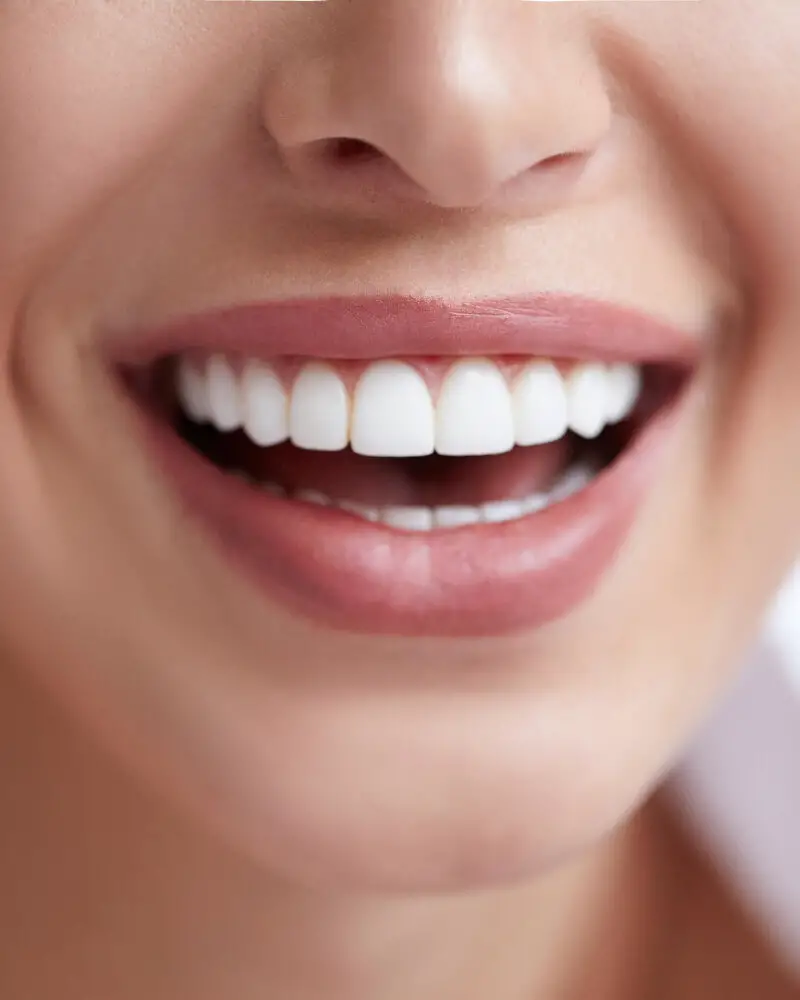
In conclusion, the presence of white spots on a child’s teeth can be a cause for concern for many parents. However, with the guidance of dental experts, it is possible to effectively treat and prevent these spots from worsening. Regular dental check-ups, proper oral hygiene, and a balanced diet are some of the effective ways to prevent white spots from forming on a child’s teeth. If white spots do appear, treatments such as fluoride treatment, microabrasion, and resin infiltration can help to restore the tooth’s natural appearance. With proper care and attention, parents can ensure their child’s dental health and prevent the development of white spots on their teeth.

